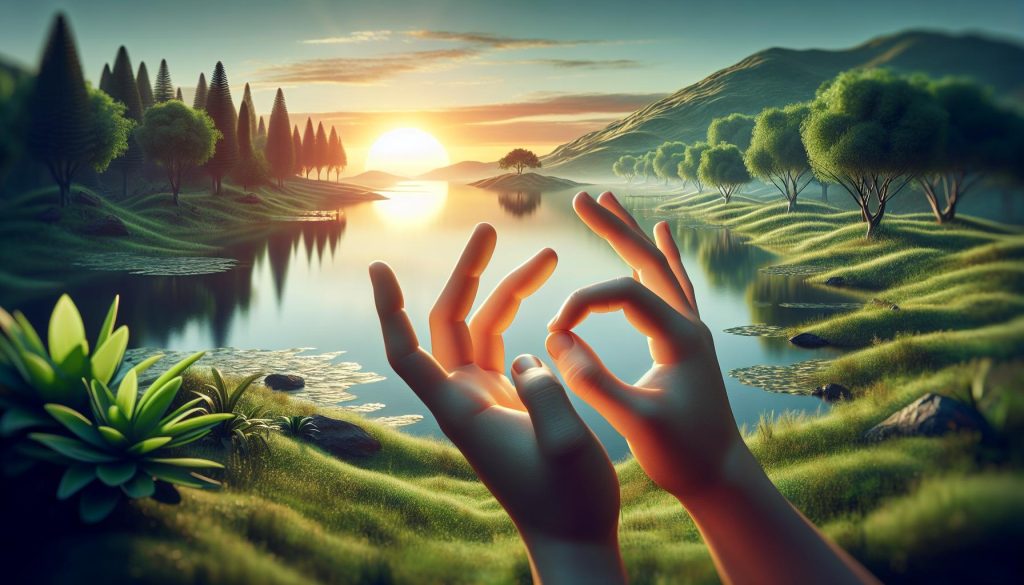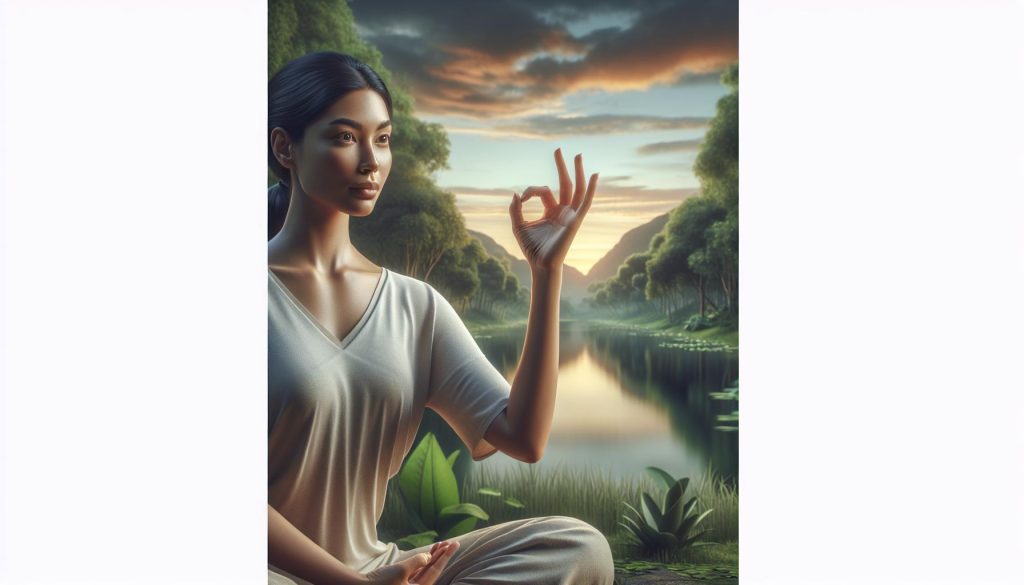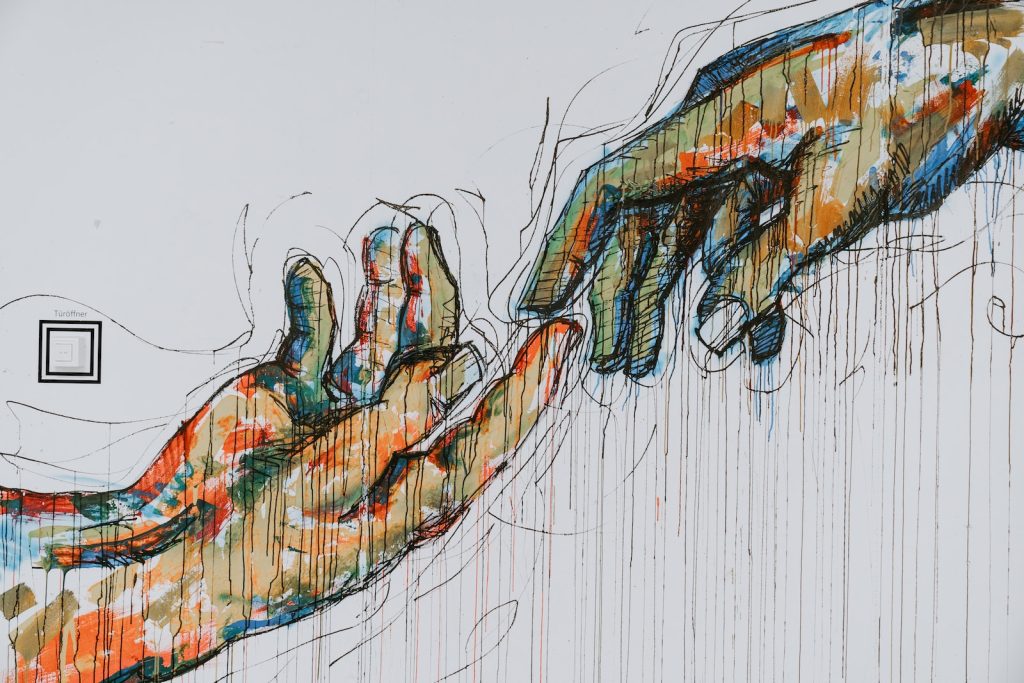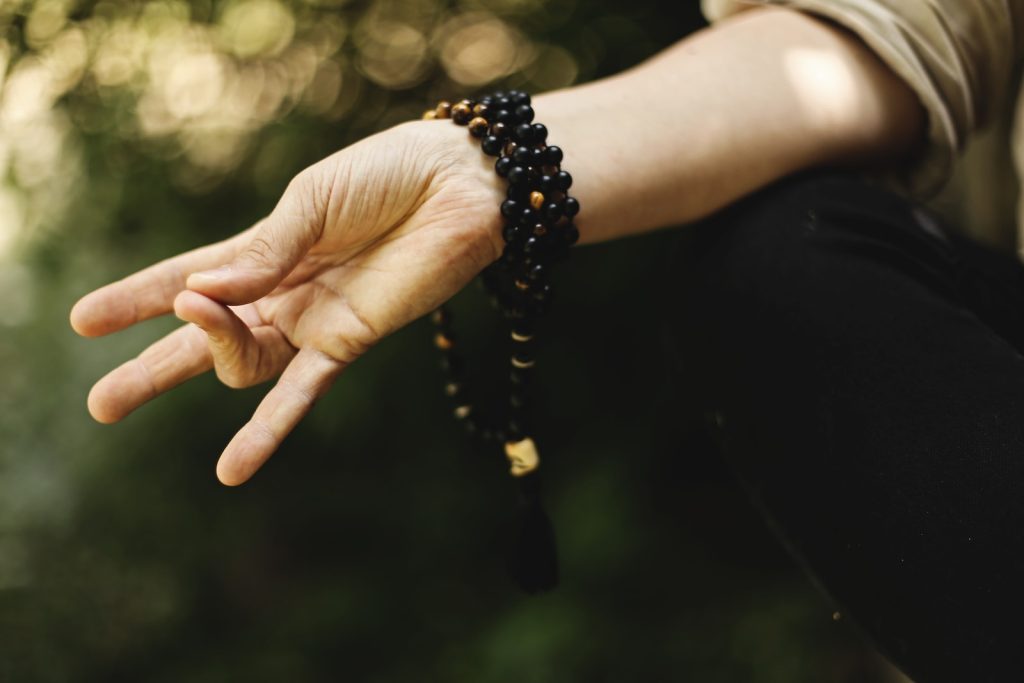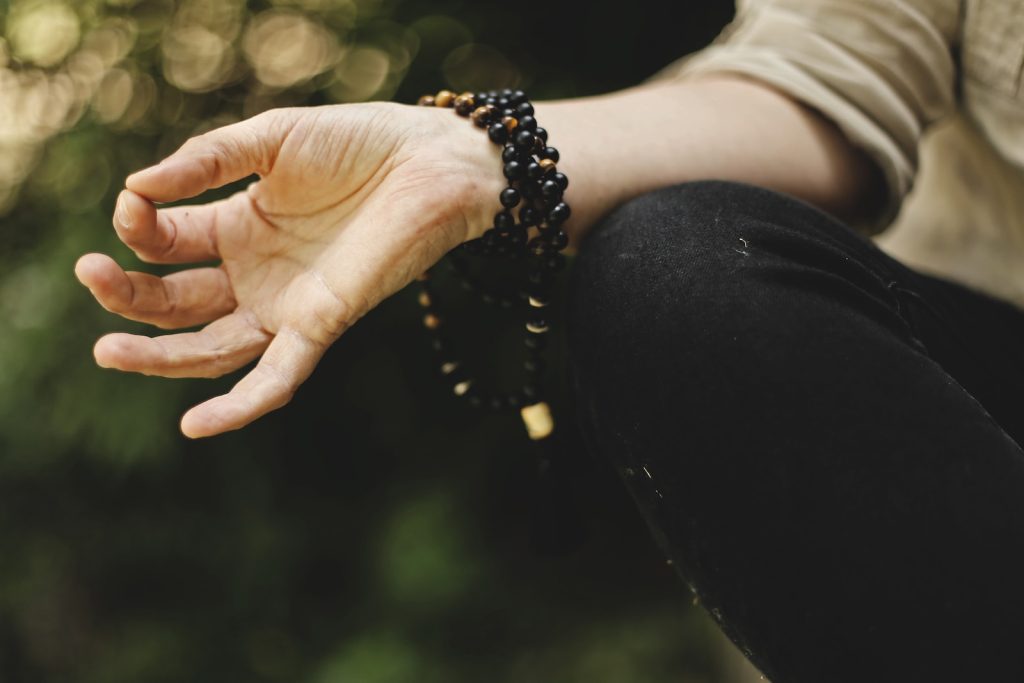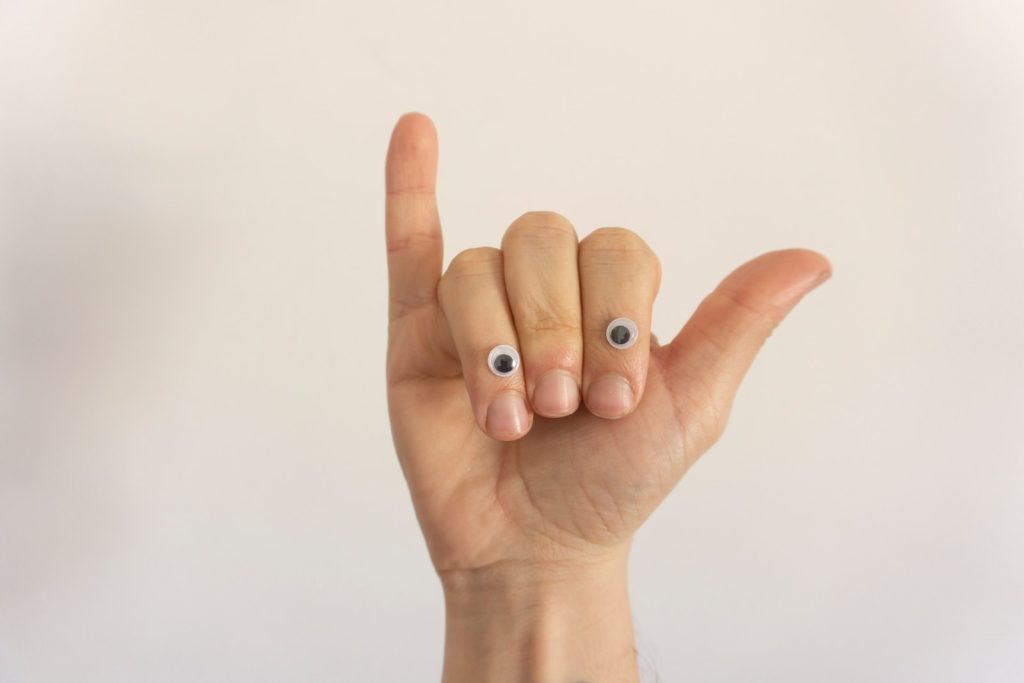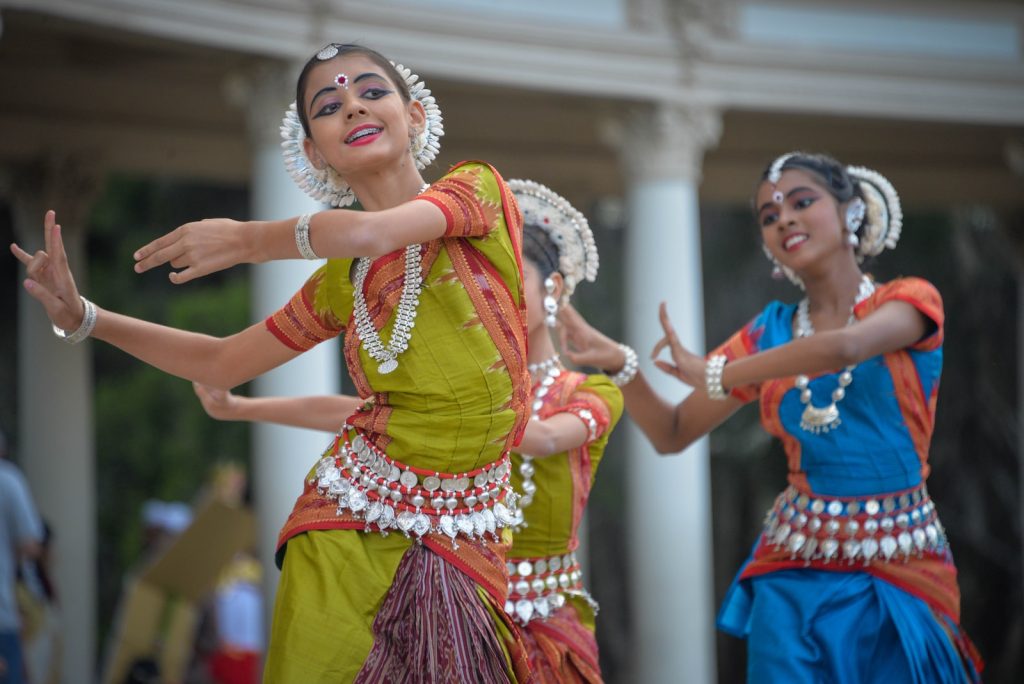Unlock Weight Loss with the Power of Rudra Mudra: Transform Your Body & Mind
I’ve always been fascinated by the power of yoga and its various aspects that go beyond just physical exercise. Among these, mudras, or hand gestures, have caught my attention, especially when I learned about their potential in aiding weight loss. It’s intriguing how these simple gestures can have such profound effects on our body and overall health. Mudras for weight loss aren’t just about shedding those extra pounds; they’re about creating a balance within your body and enhancing your metabolic functions. From improving digestion to regulating hormones, the benefits are vast. And the best part? You can do them anywhere, anytime, making them a perfect addition to your wellness routine. Let’s dive into how these ancient gestures can help us in our modern quest for a healthier life. Mudras For Weight Loss In my journey to a healthier lifestyle, I’ve stumbled upon an ancient yet seemingly effective practice that’s not as talked about as conventional methods of losing weight: mudras. These simple hand gestures, deeply rooted in the tradition of yoga, have shown promise not just in enhancing physical wellness but also in supporting weight loss efforts. One particular mudra that caught my attention is the Surya Agni Mudra. Known for its weight loss properties, this gesture is surprisingly easy to incorporate into your daily routine. I’ve found that practicing it for about 10 minutes each morning significantly aids in improving digestion and blood circulation. The direct impact? It helps in cutting down the calorie absorption by my body, making it an ideal addition to my wellness regimen. The steps are easy enough: sit straight, join the ring finger with the thumb, rest your hands on your thighs, and breathe. They recommend a more intense practice of 45 minutes each day, broken down into manageable 15-minute intervals. The benefits, including enhanced metabolic functioning and aid in stomach-related issues, make it well worth the effort. Then, there’s the Linga Mudra, perfect for winding down in the evening or before bed. By interlocking my fingers and keeping the left thumb upright, a simple gesture brings forth a surprising array of health benefits, from hormone balance to improved digestion—key factors in achieving weight loss. A daily practice of 20-30 minutes guarantees a fight against common ailments and strengthens the lungs, indirectly supporting weight loss by ensuring my body functions optimally. Lastly, the Kapha-Nashak Mudra has been a game-changer in my mornings. This gesture targets obesity directly alongside hypertension and indigestion, setting a positive tone for the day. Its simplicity and effectiveness in treating diseases associated with weight gain have made it an indispensable part of my morning ritual. Here’s a quick glance at the practice time and benefits of each mudra: Mudra Daily Practice Time Key Benefits Surya Agni Mudra 45 minutes Enhances digestion, metabolic functioning Linga Mudra 20-30 minutes Balances hormones, strengthens lungs Kapha-Nashak Mudra Morning Routine Helps in obesity, hypertension, indigestion Surya Mudra How To Practice Practicing the Surya Mudra is like engaging in a gentle yet powerful conversation with my body. It’s a routine that I look forward to each morning, signaling a fresh start. To embark on this journey, I start by finding a quiet and comfortable space where distractions fade away, leaving peace. Here are the steps I follow: The beauty of the Surya Mudra lies in its simplicity and the profound impact it has had on my well-being, including my journey towards weight loss. It’s a reminder that sometimes, the quietest actions can lead to the most significant transformations. Apana Mudra As I’ve journeyed through various yogic practices in my quest for wellness, I’ve discovered the importance of incorporating mudras into my routine. Today, I want to share with you the Apana Mudra, a powerful gesture known to aid in weight loss and improve digestion. How To Practice Practicing the Apana Mudra is surprisingly simple, yet its effects can be profoundly transformative. Let me walk you through the steps: Embarking on this practice regularly can lead to a noticeable shift in your energy levels, digestion, and overall well-being. It’s remarkable how such a simple action, repeated daily, can foster profound changes in our bodies and minds. Gyan Mudra How To Practice Practicing the Gyan Mudra is something I’ve found incredibly straightforward and rewarding. To get started, I usually find a quiet spot where I can sit comfortably without interruptions. The essence of this mudra lies in its simplicity: Integrating the Gyan Mudra into my meditation sessions or even when I’m feeling particularly stressed has helped me significantly. It’s not just a moment of quietude; it’s an exercise in fostering greater self-awareness and peace. The benefits manifest in various ways, and for me, one of the most notable has been weight loss. Improved blood circulation and stress reduction are just the tip of the iceberg. When my mind is clearer, I make better lifestyle choices, which includes what I eat and how active I am throughout the day. Regular practice of the Gyan Mudra, coupled with a mindful approach to diet and exercise, has contributed to a healthier weight and overall well-being. Benefit Description Reduced Stress Helps in calming the mind, reducing anxiety levels, which directly impacts eating habits. Improved Circulation Enhances blood flow, aiding in the efficient removal of toxins and supporting a balanced metabolism. Enhanced Focus Increases mental clarity, making it easier to maintain healthy eating habits and a routine exercise program. While the practice of mudras, including the Gyan Mudra, is profound, it’s important to note that they are not a standalone solution. They work best when incorporated into a balanced lifestyle that prioritizes overall well-being. Rudra Mudra Embarking on the journey of wellness and weight loss with mudras has been an enlightening experience for me. Today, I want to share insights about another powerful technique known as the Rudra Mudra. This mudra is often associated with the element of earth and is believed to improve clarity, concentration, and energy levels, all of which are crucial when focusing on weight loss. How To Practice
Unlock Weight Loss with the Power of Rudra Mudra: Transform Your Body & Mind Read More »

